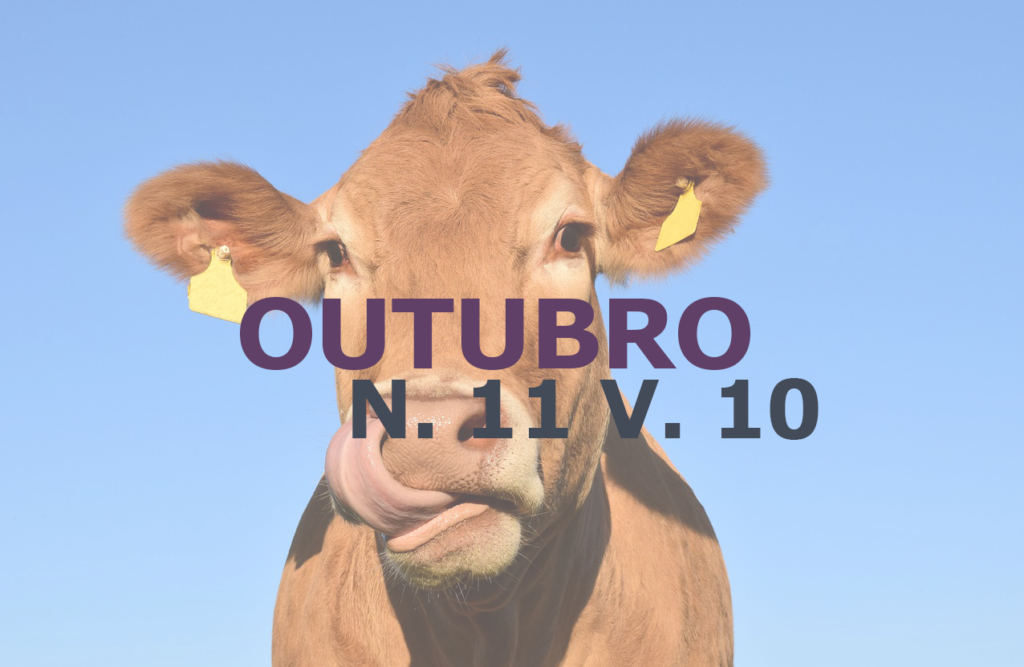Bovine intoxication by cyanogenic acid and nitrite/nitrate in pastures of intense management
DOI:
https://doi.org/10.22256/PUBVET.V11N10.1008-1014Keywords:
hydrocyanic acid, accumulation, intoxication, fodder plantsAbstract
The increase of fodder plants production, aiming growth of animal production scale and higher productivity and use of the land, occurs through intensive management of pastures. This alternative allows the production of a great quantity of forage per area, and this production gain is usually obtained by nitrogenous adubation. Nitrogen is considered an essential element for plants, it is present in the composition of various enzymes and constituents compounds of vegetal structure, being that its deficiency consists, often, in the principal limiting factor of vegetal growth. However, under certain environment conditions, such as water availability, temperature and soil acidity, it may happen accumulation of nitrate in the plants, toxic element when consumed in great quantities and without adaptation in animals' diets. The cyanogenic acid is one of the poisons of fastest action known for mammals, and the use of nitrogen propitiates its accumulation in plants, because the younger the plant and the faster growth rate, the higher its cyanogenic glycosides content, precursors of hydrocyanic acid. Both intoxications are rarely diagnosed, because they cause sudden death, often without observation of clinical signals. The present work does a review upon causes, clinical signal and way of diagnosis of these intoxications, related to nitrogen present in pastures managed in an intensive way.
Downloads
Published
Issue
Section
License
Copyright (c) 2017 Priscila Andriely Bosak, Sebastião Brasil Campos Lustosa, Jean Marcel Ferrão Sandrini

This work is licensed under a Creative Commons Attribution 4.0 International License.
Você tem o direito de:
Compartilhar — copiar e redistribuir o material em qualquer suporte ou formato
Adaptar — remixar, transformar, e criar a partir do material para qualquer fim, mesmo que comercial.
O licenciante não pode revogar estes direitos desde que você respeite os termos da licença. De acordo com os termos seguintes:
Atribuição
— Você deve dar o crédito apropriado, prover um link para a licença e indicar se mudanças foram feitas. Você deve fazê-lo em qualquer circunstância razoável, mas de nenhuma maneira que sugira que o licenciante apoia você ou o seu uso. Sem restrições adicionais
— Você não pode aplicar termos jurídicos ou medidas de caráter tecnológico que restrinjam legalmente outros de fazerem algo que a licença permita.





